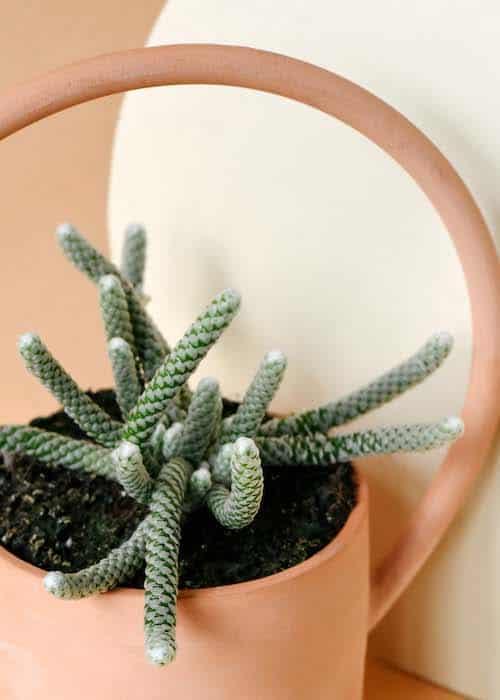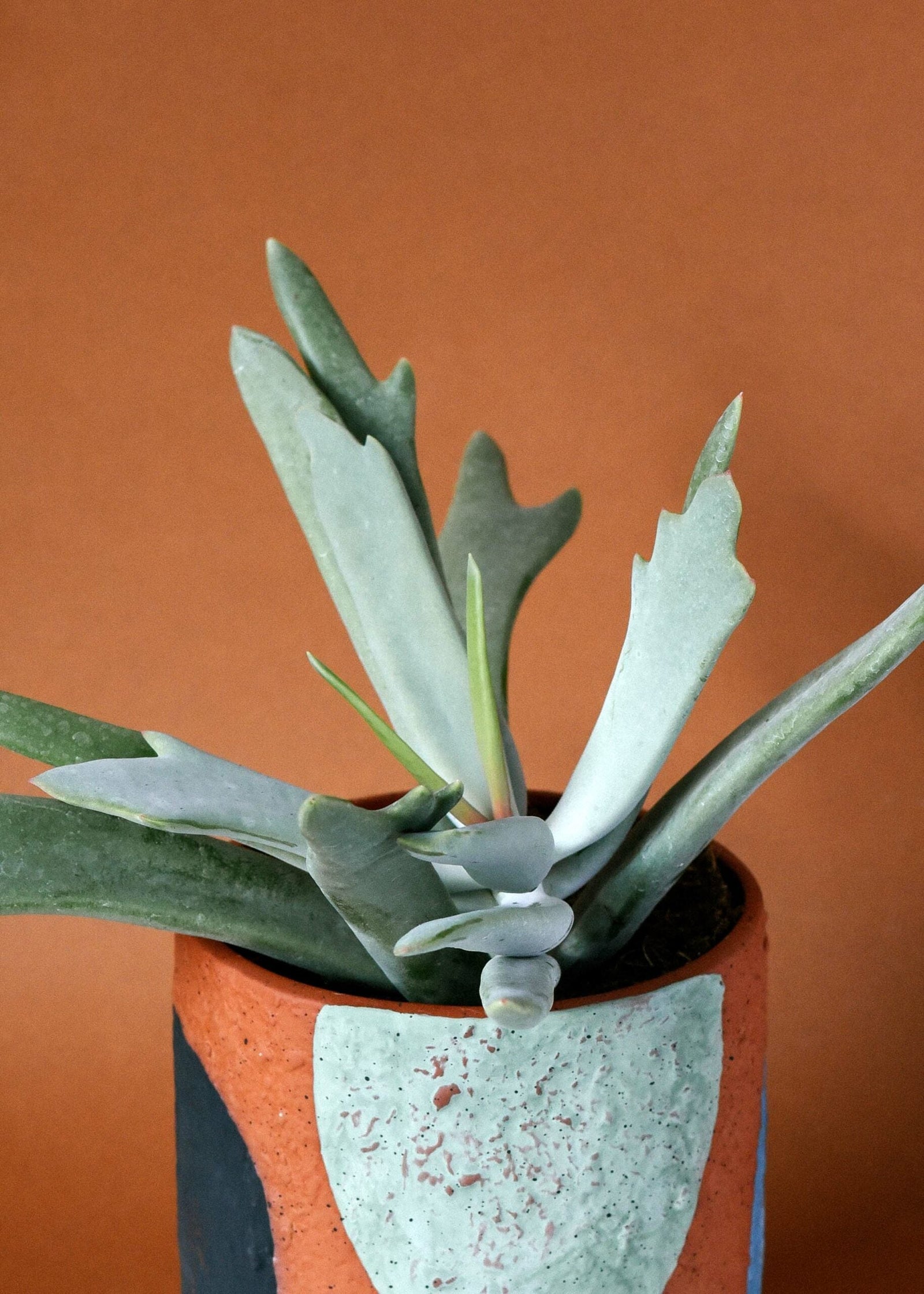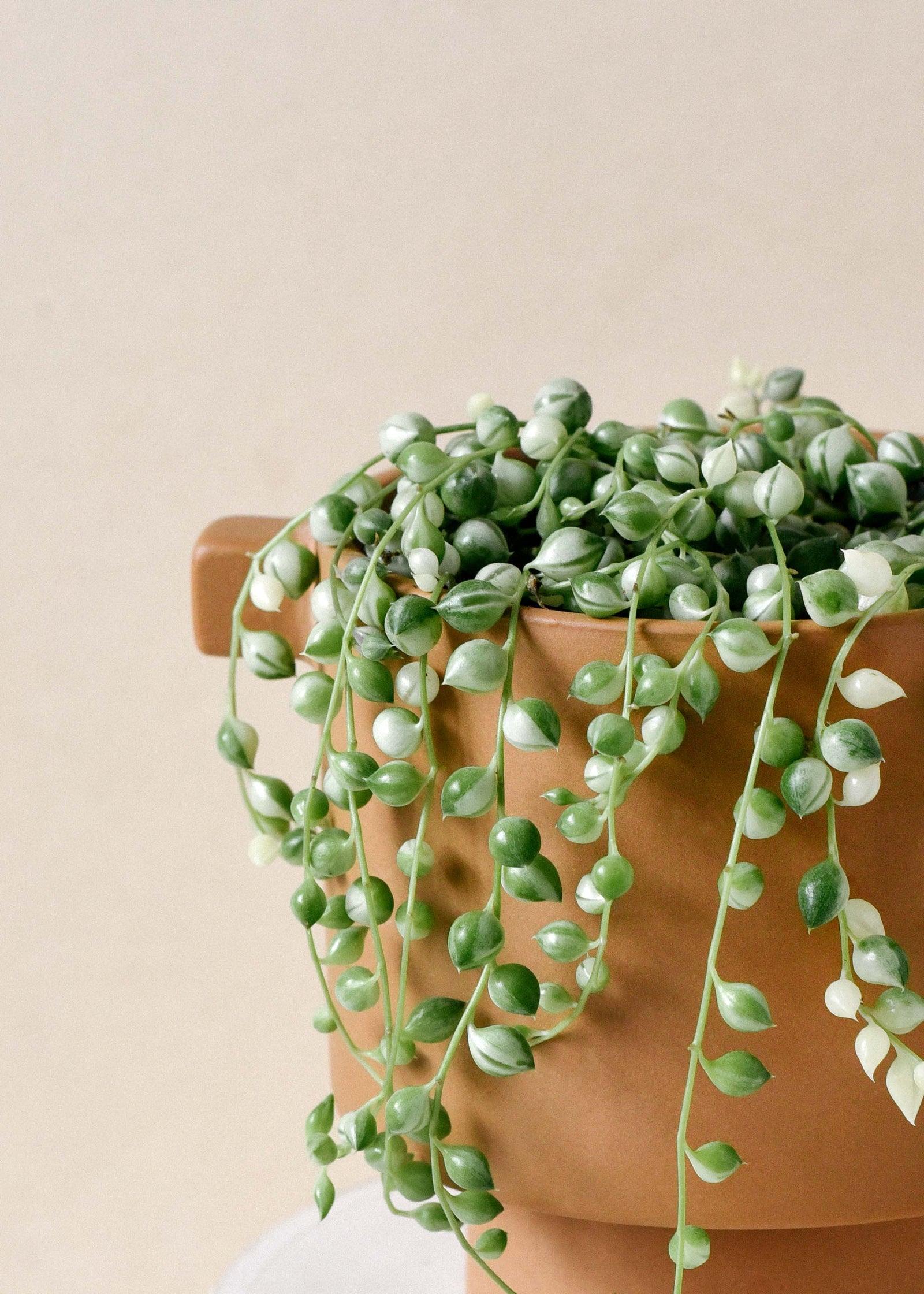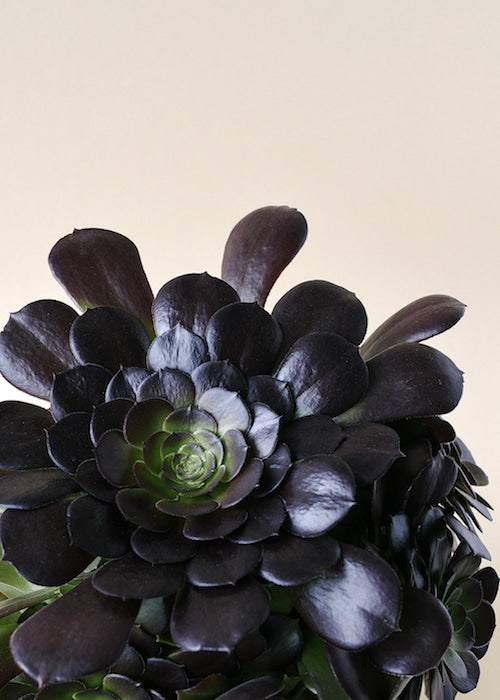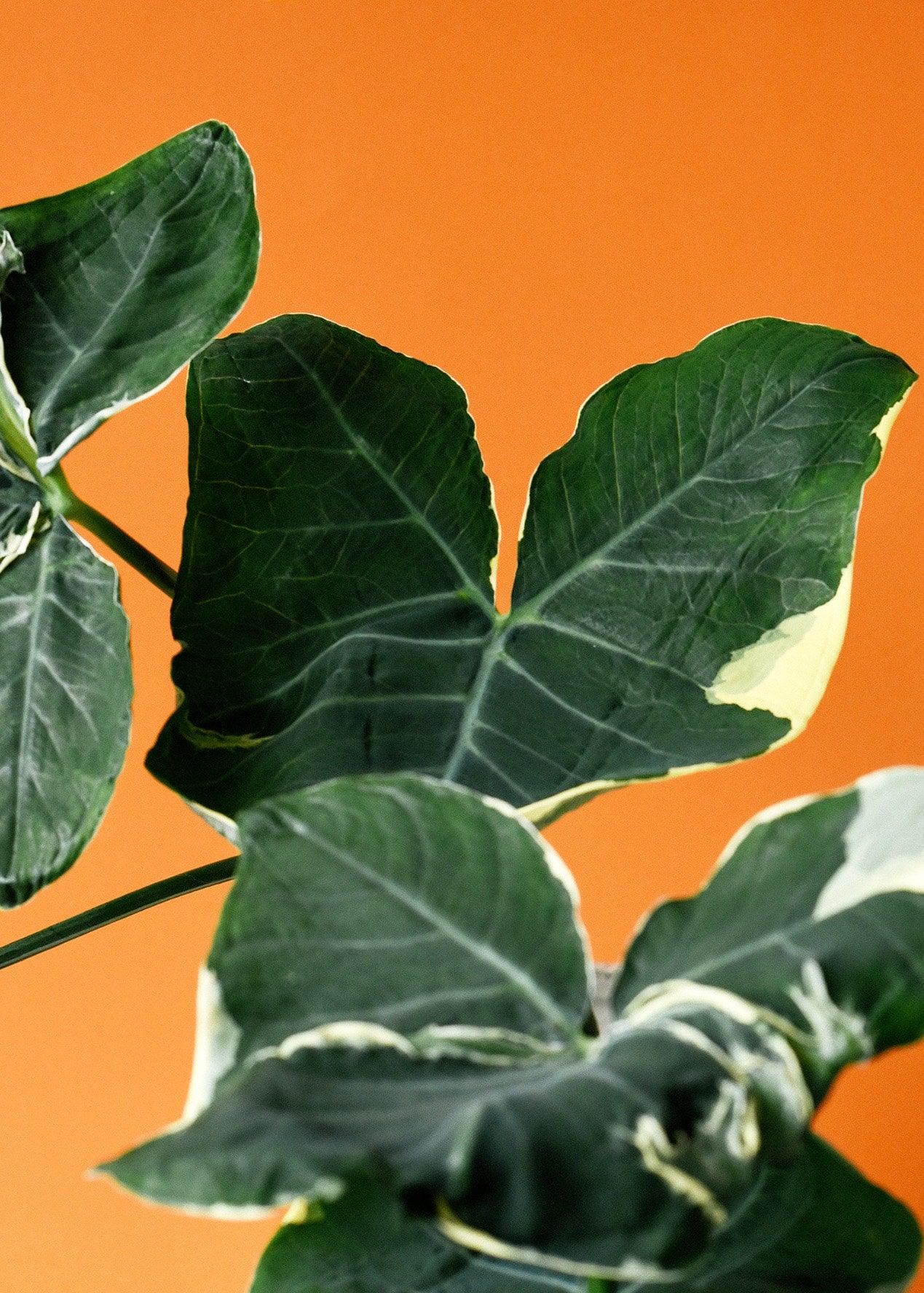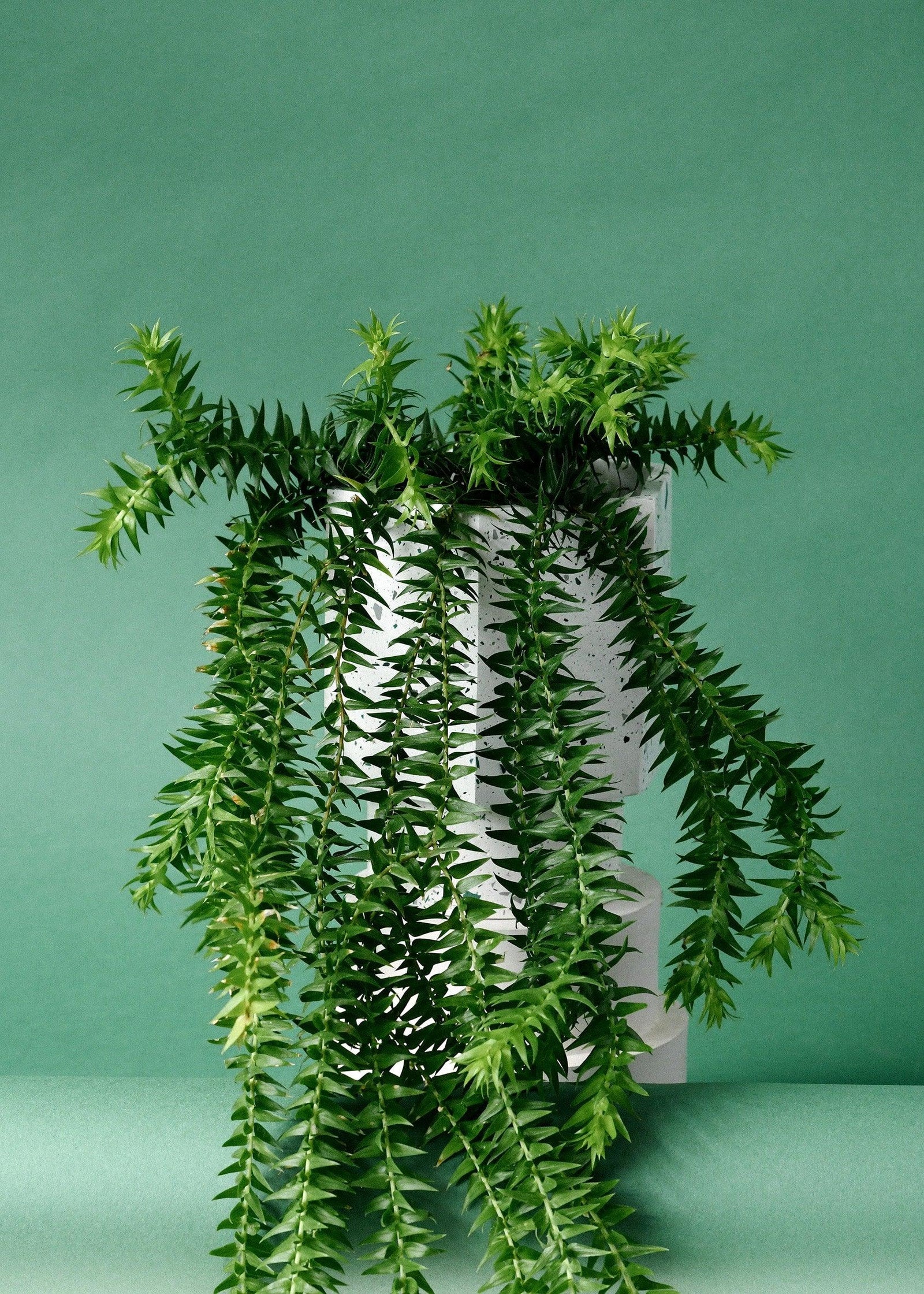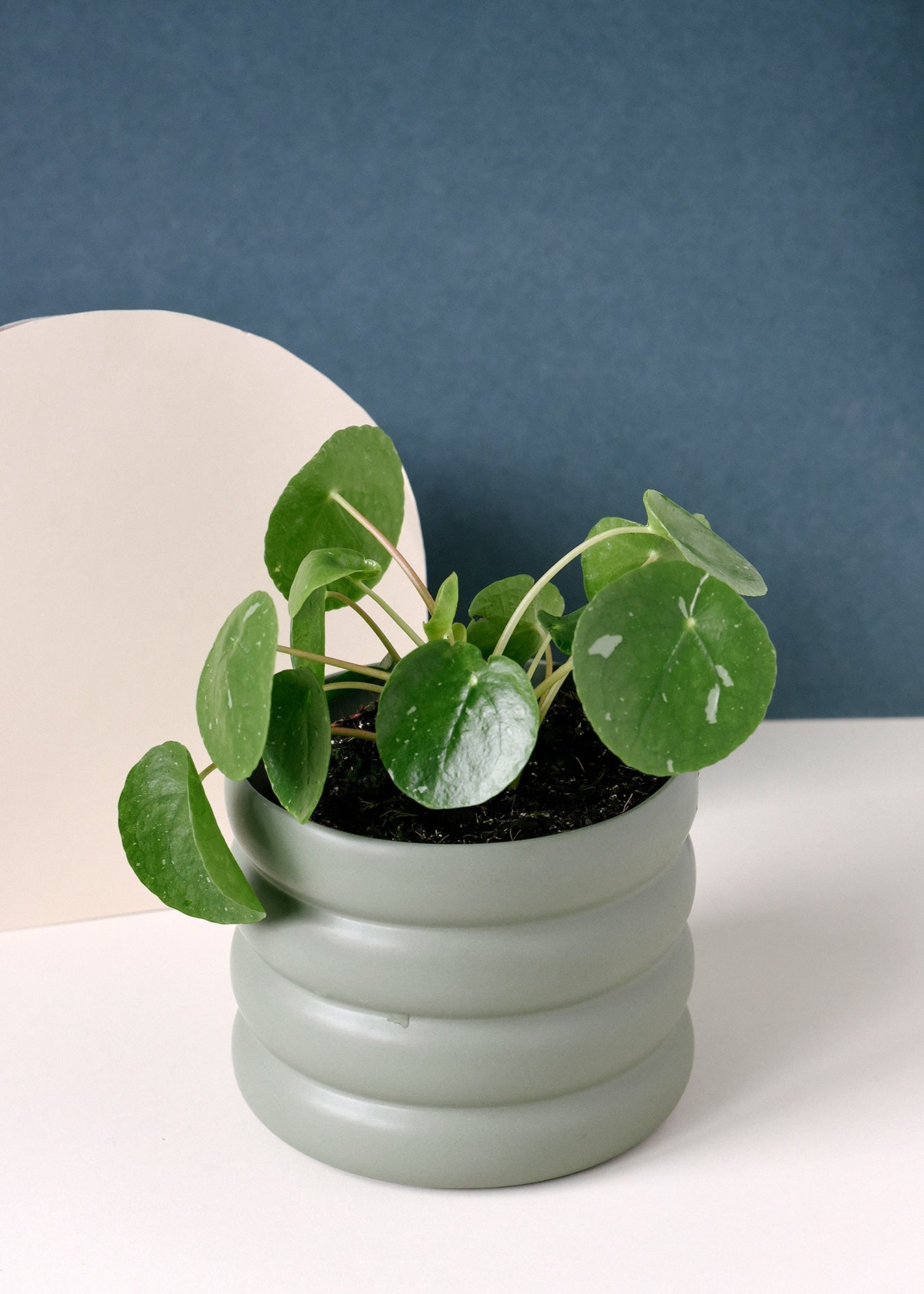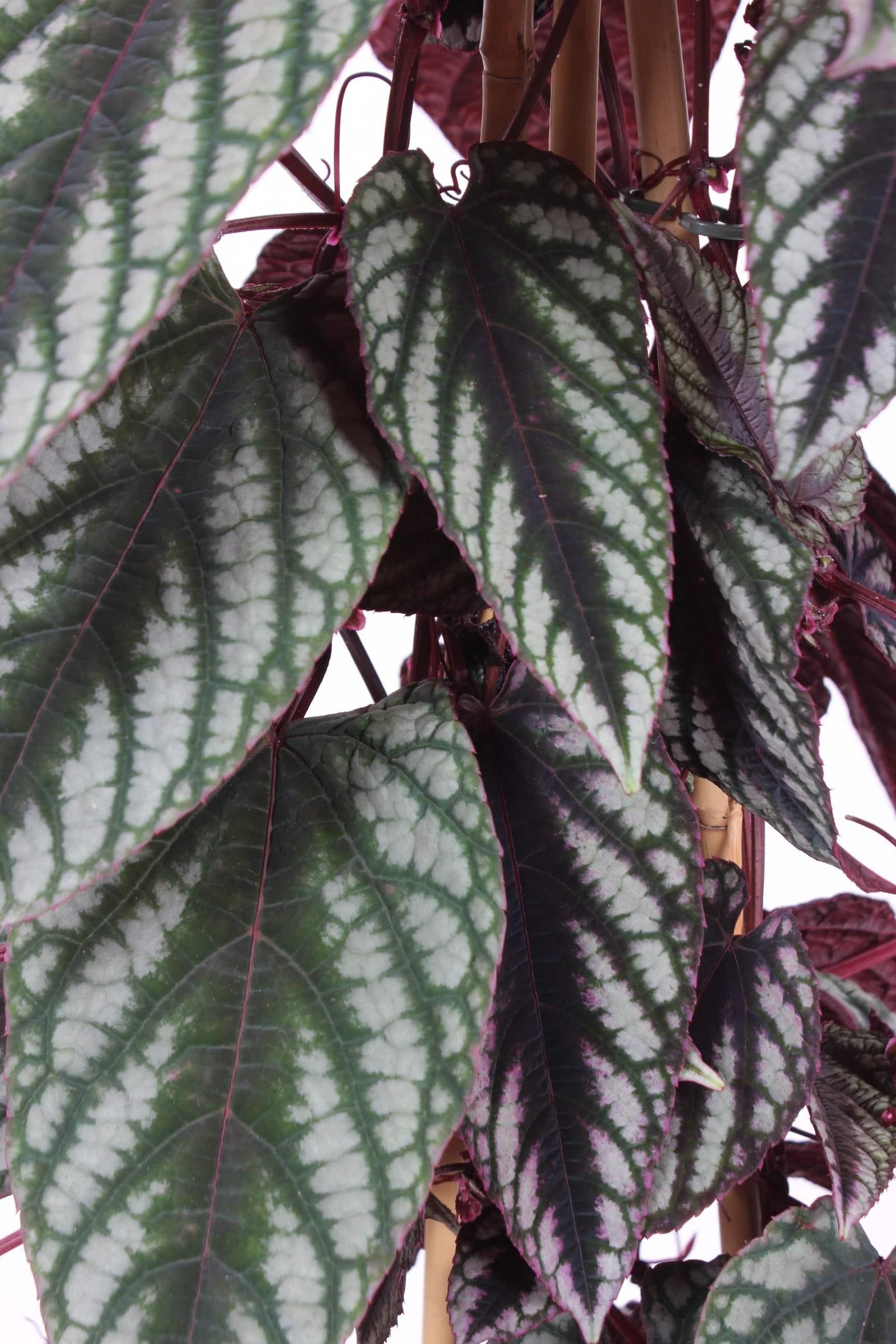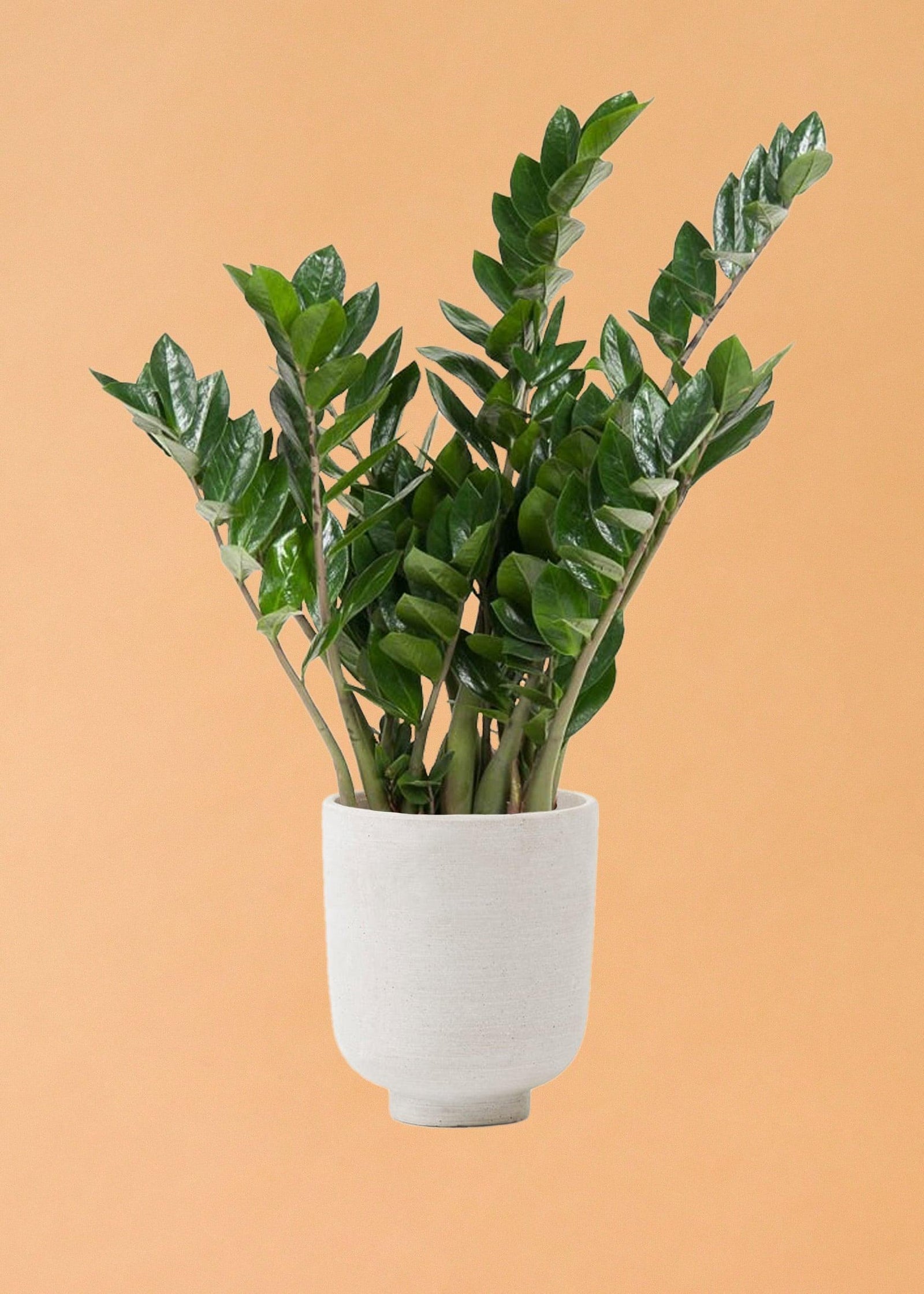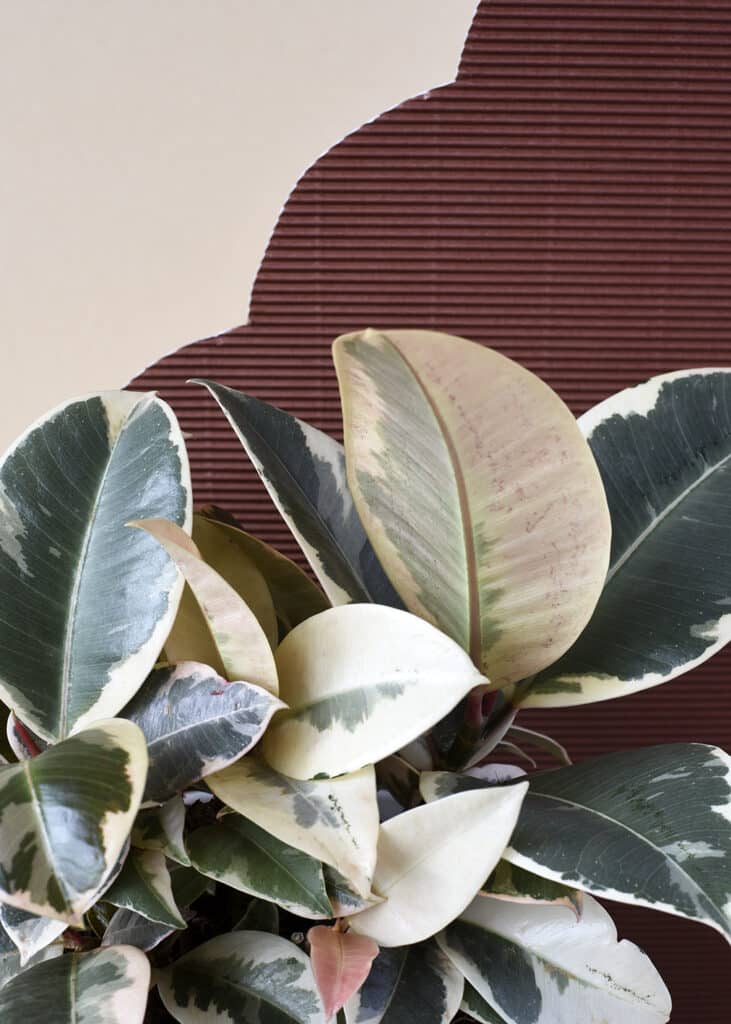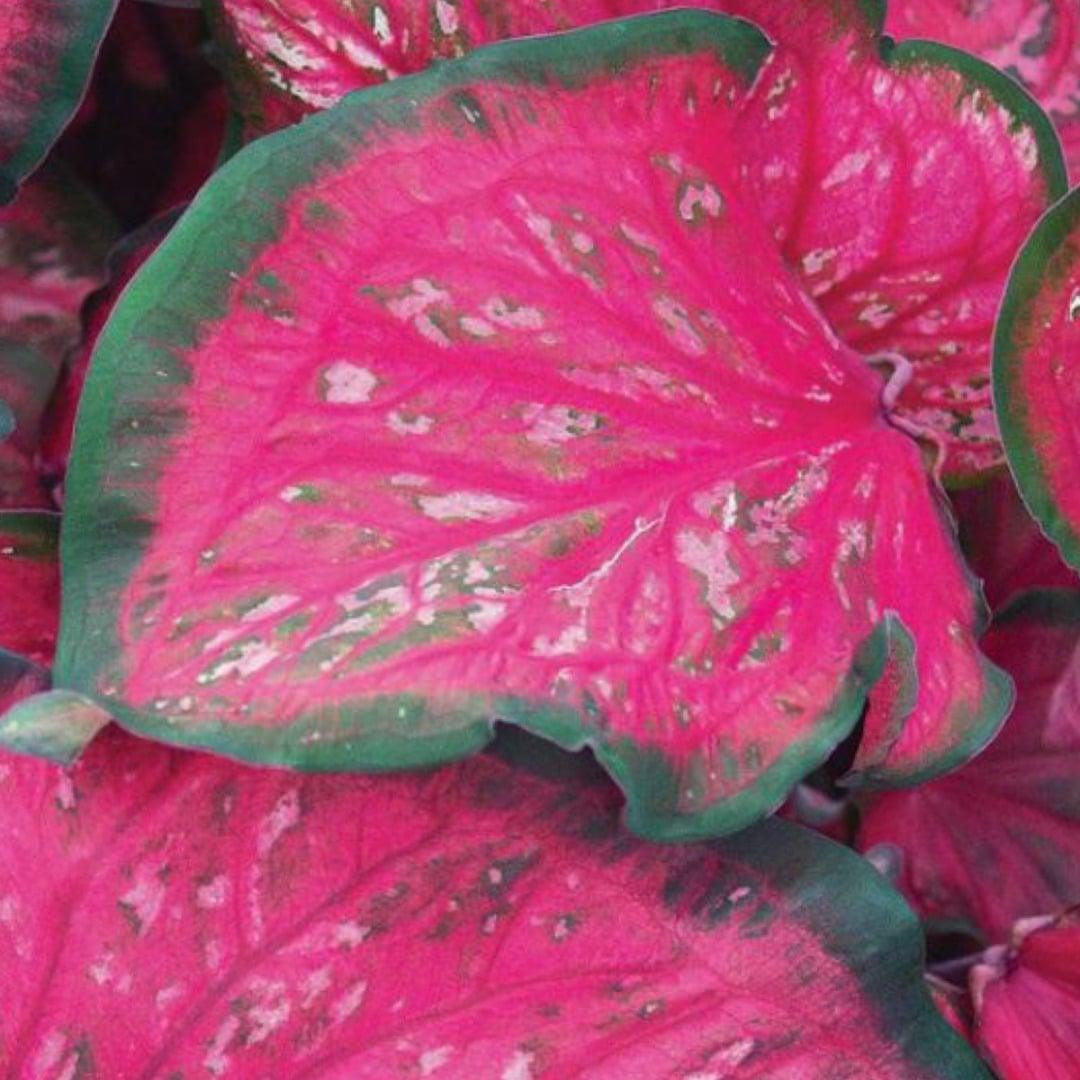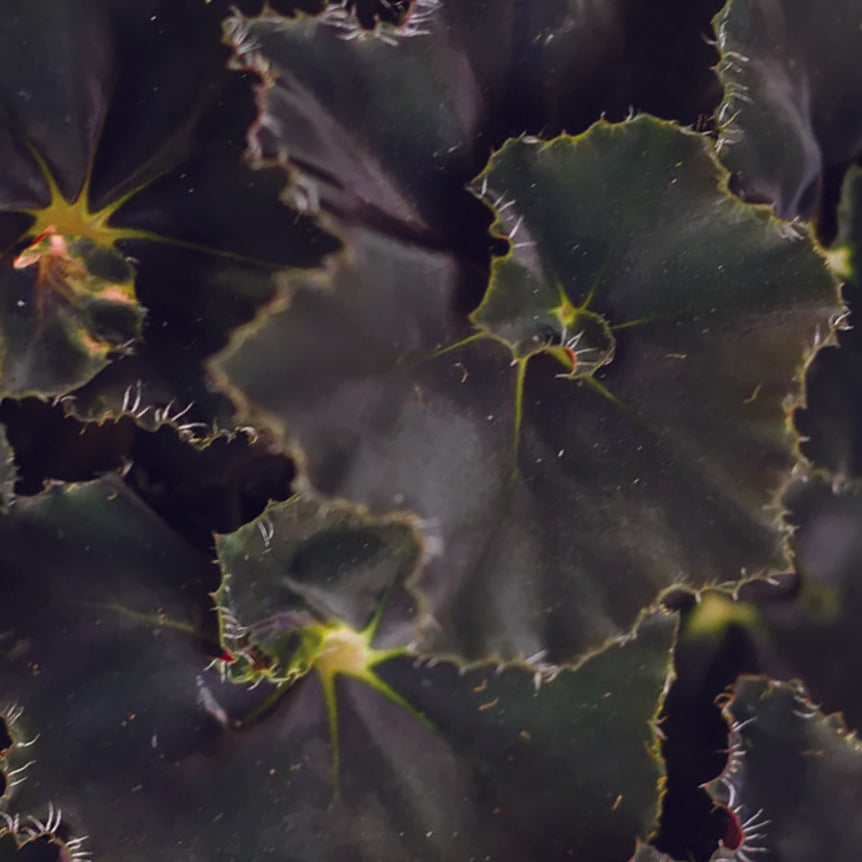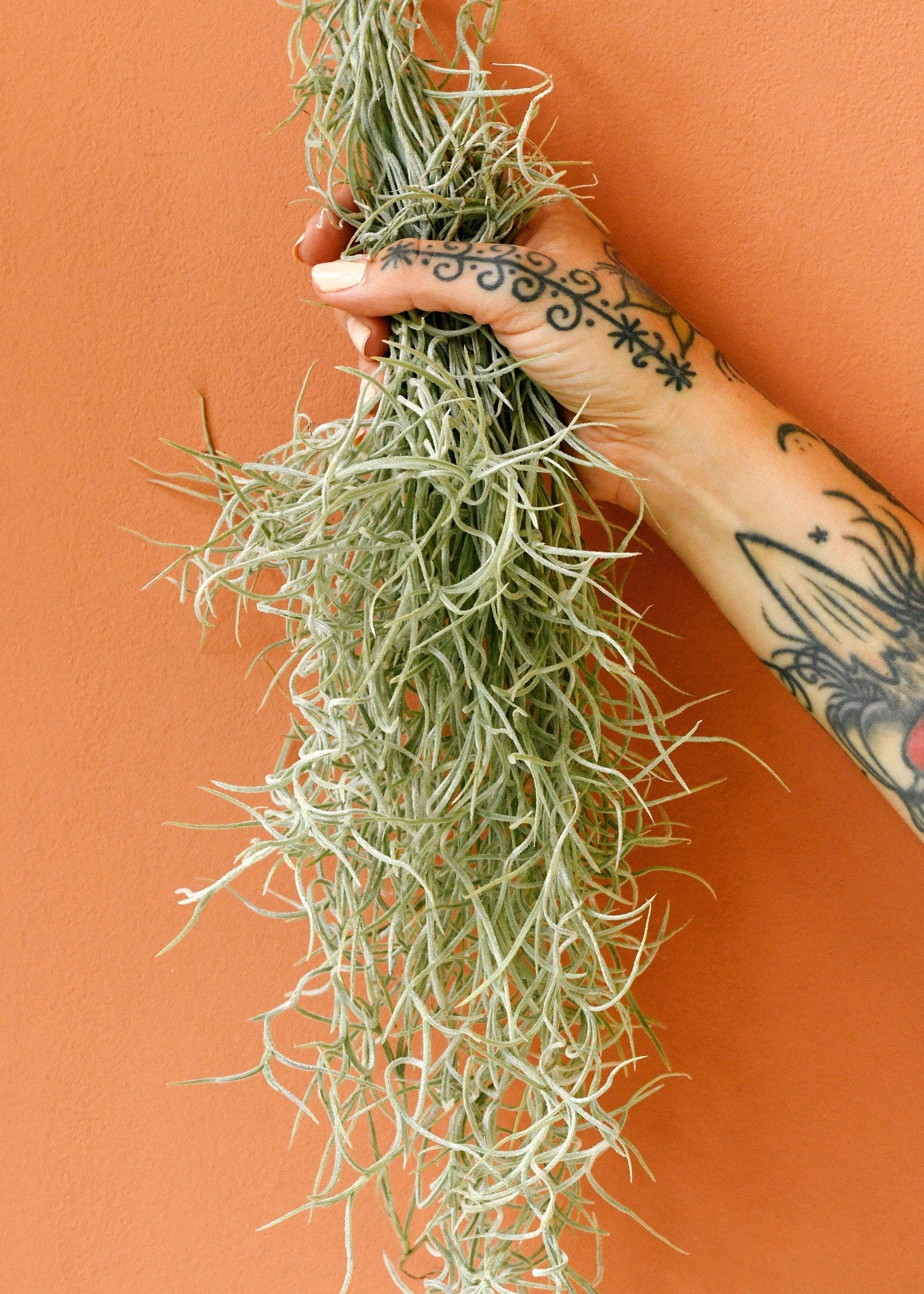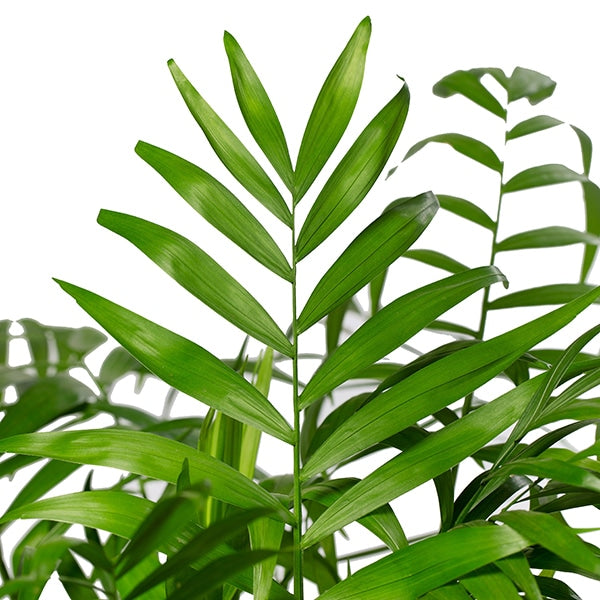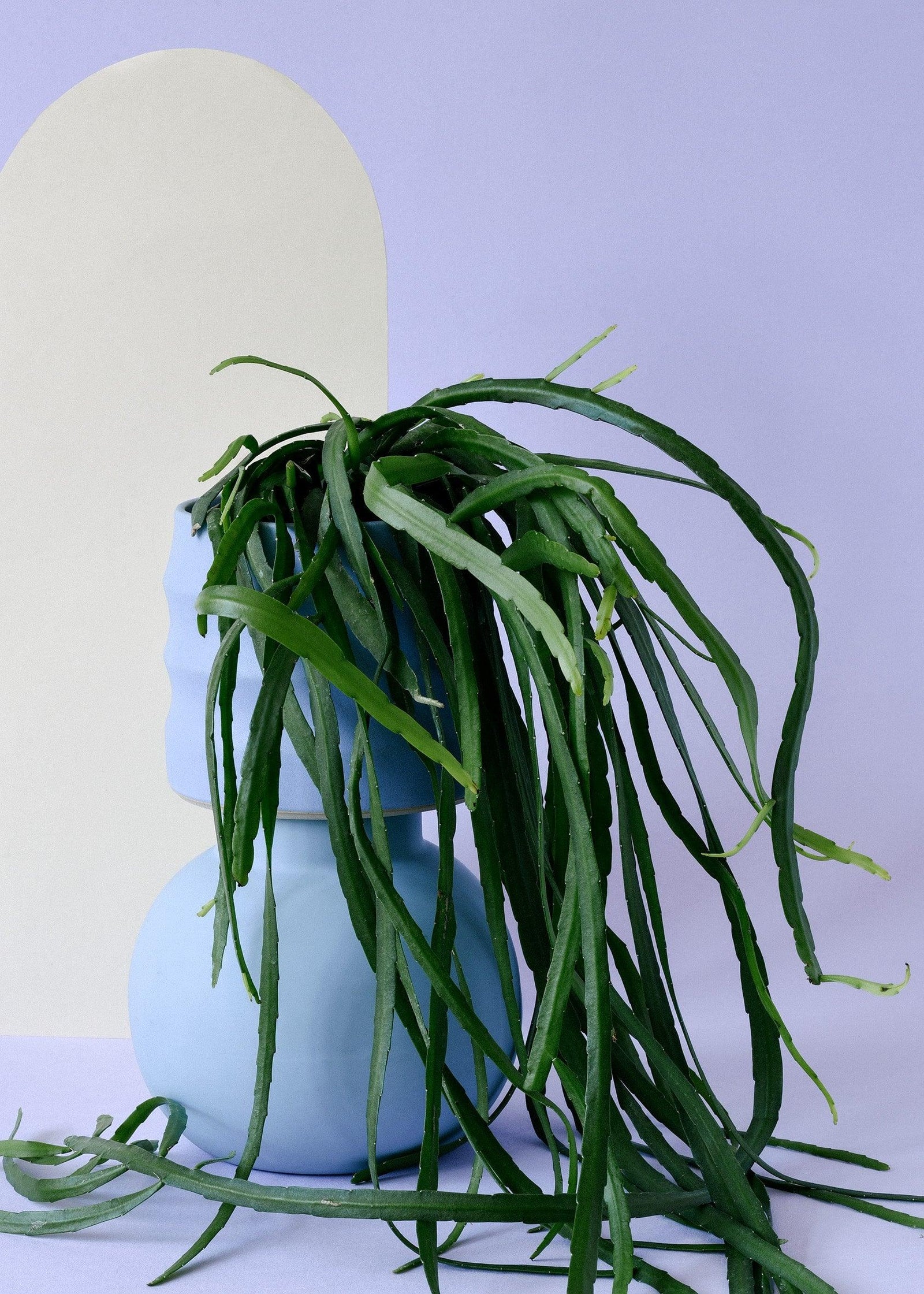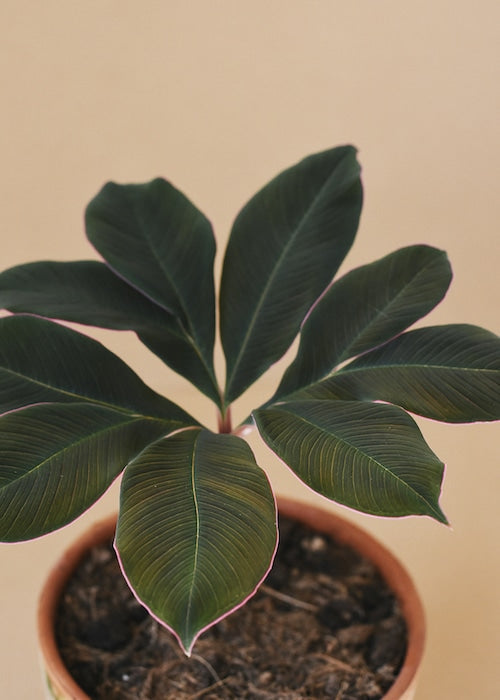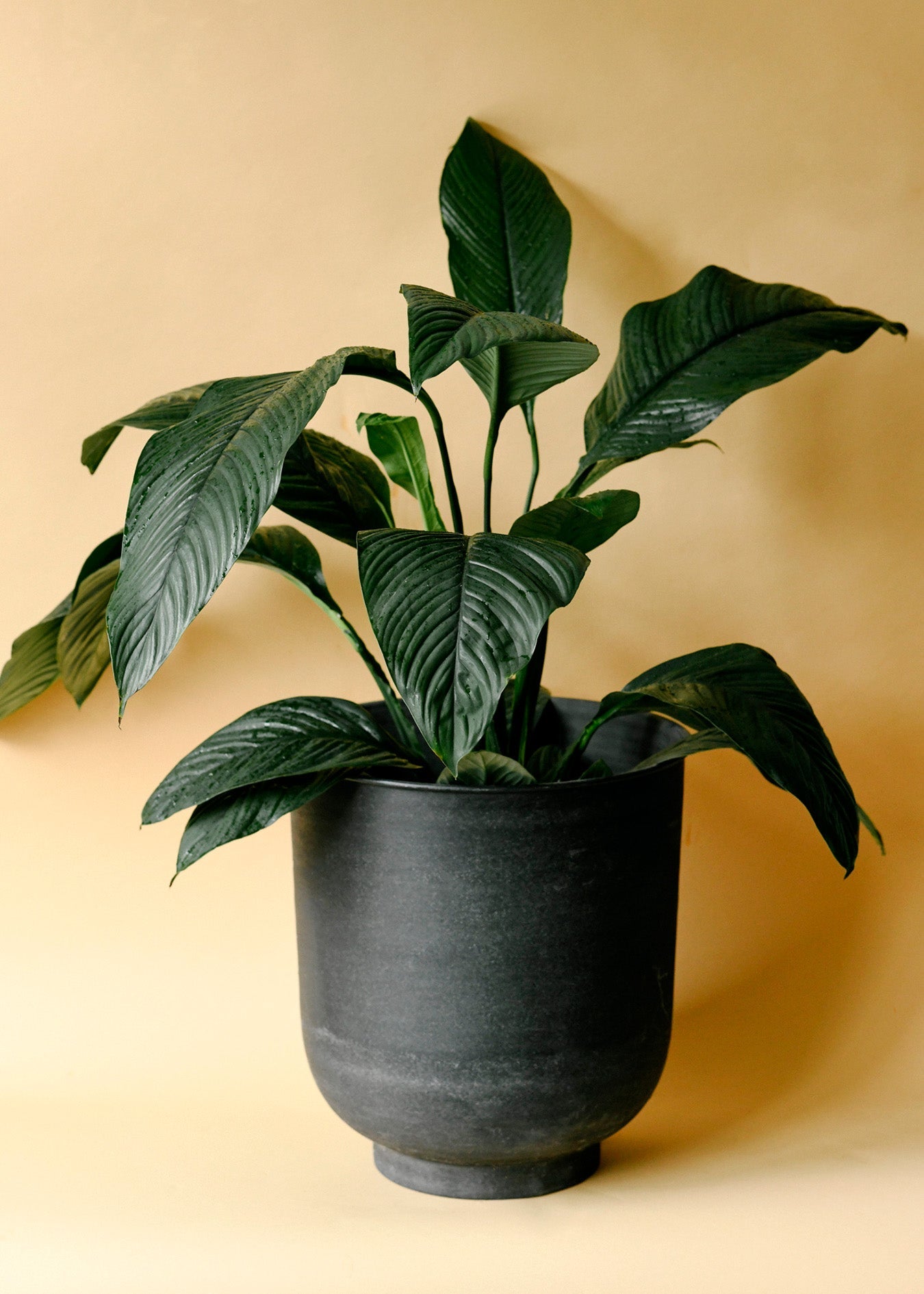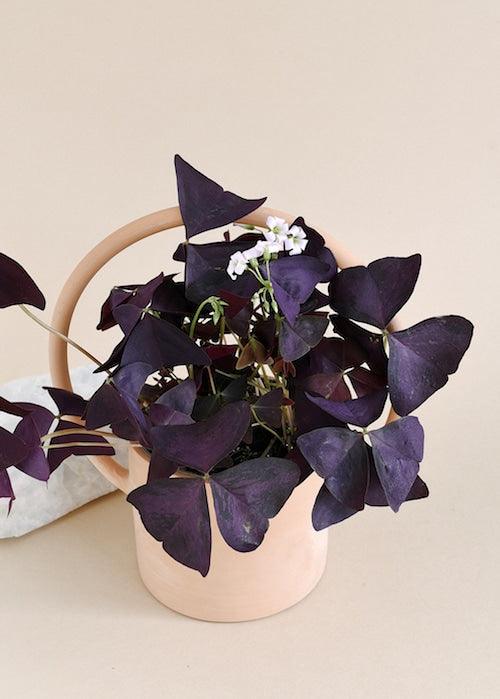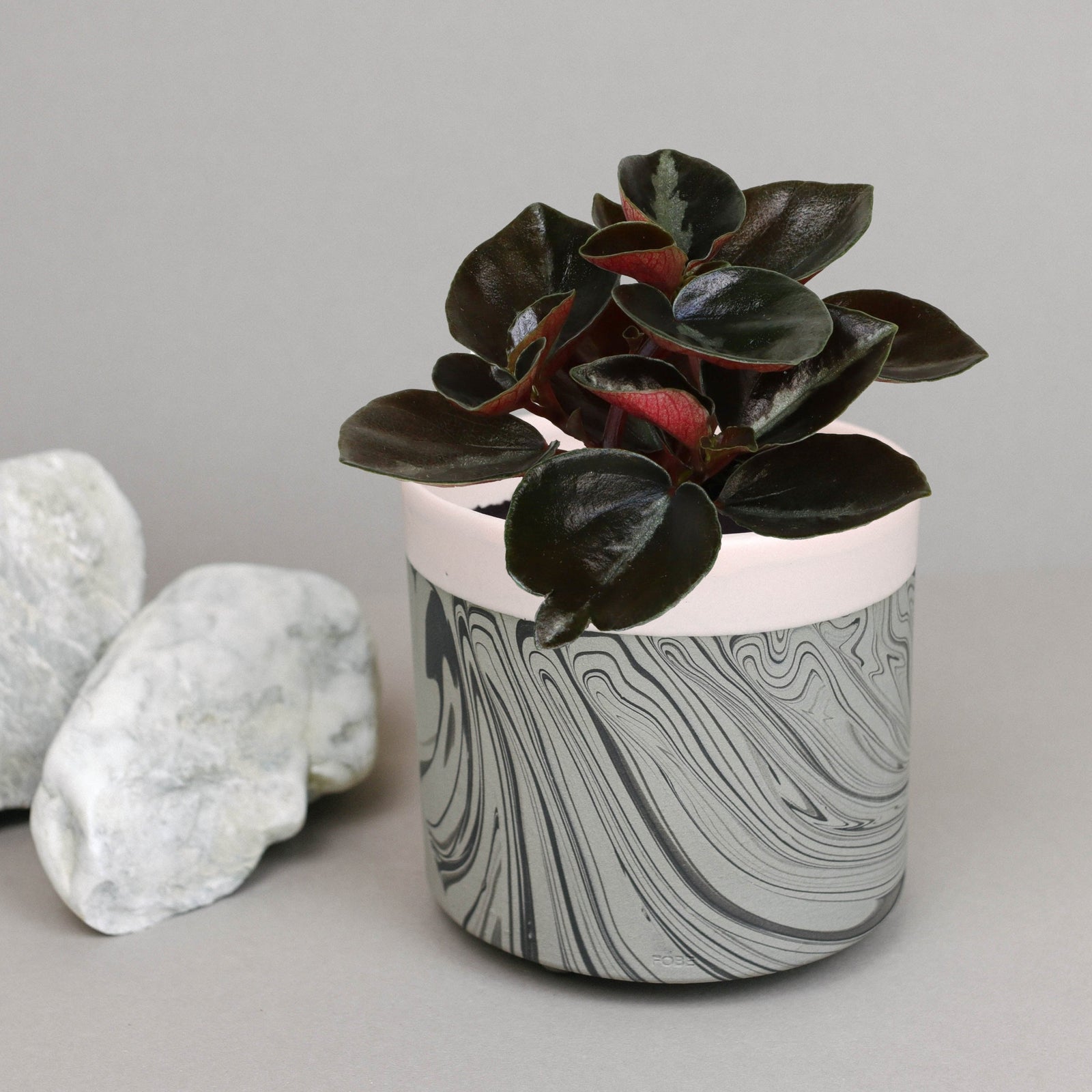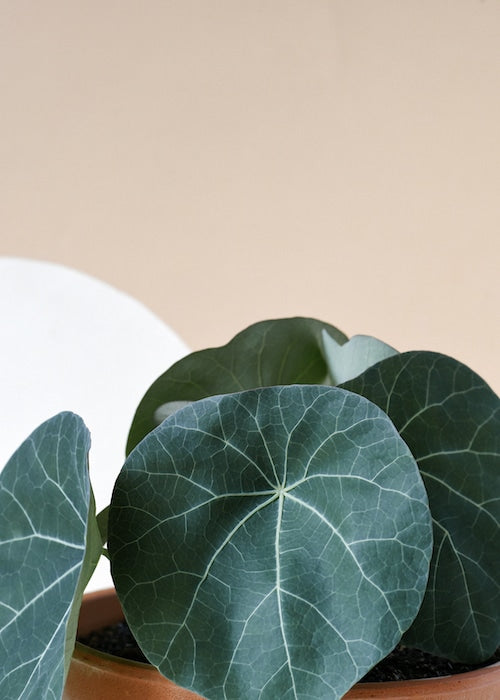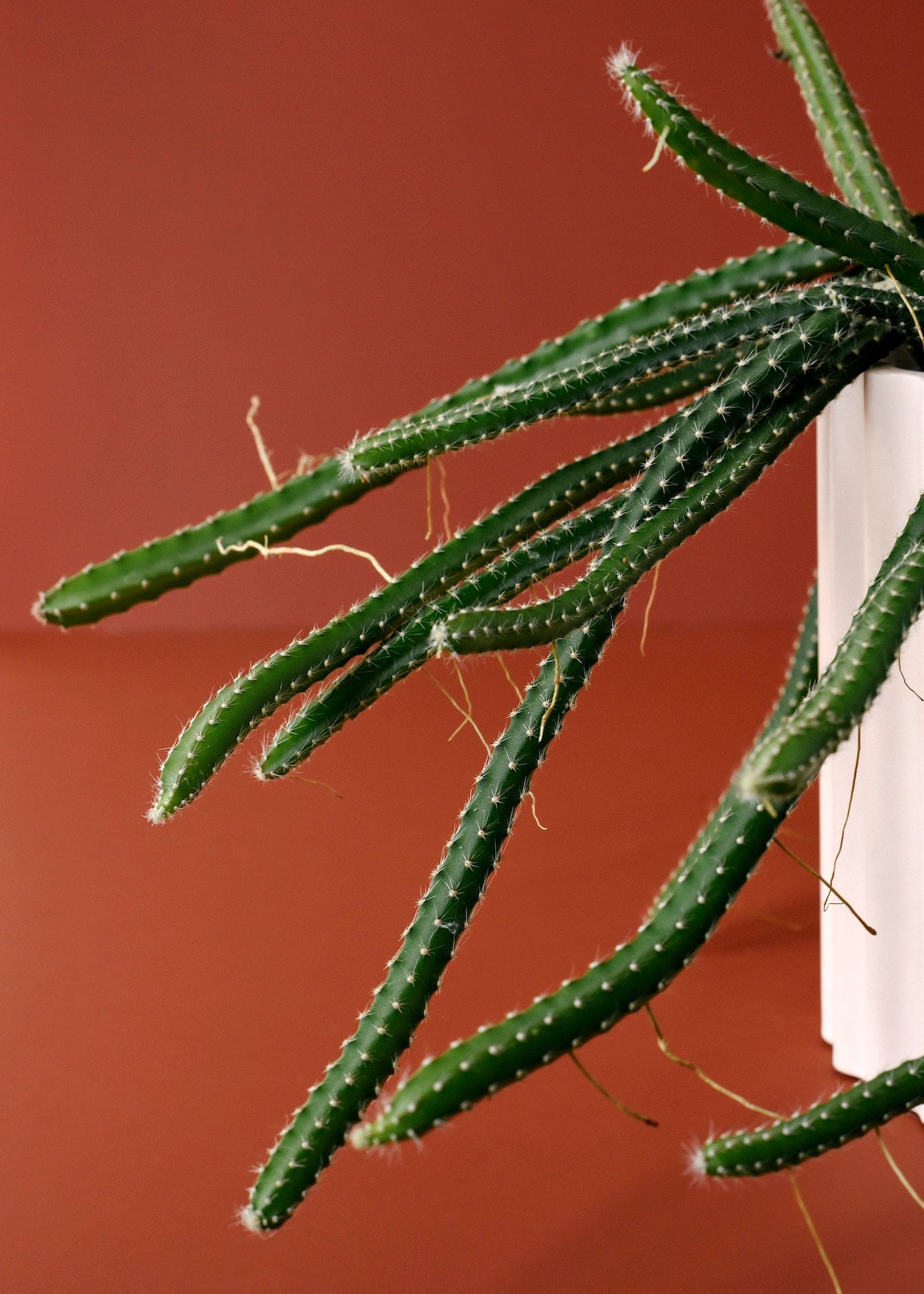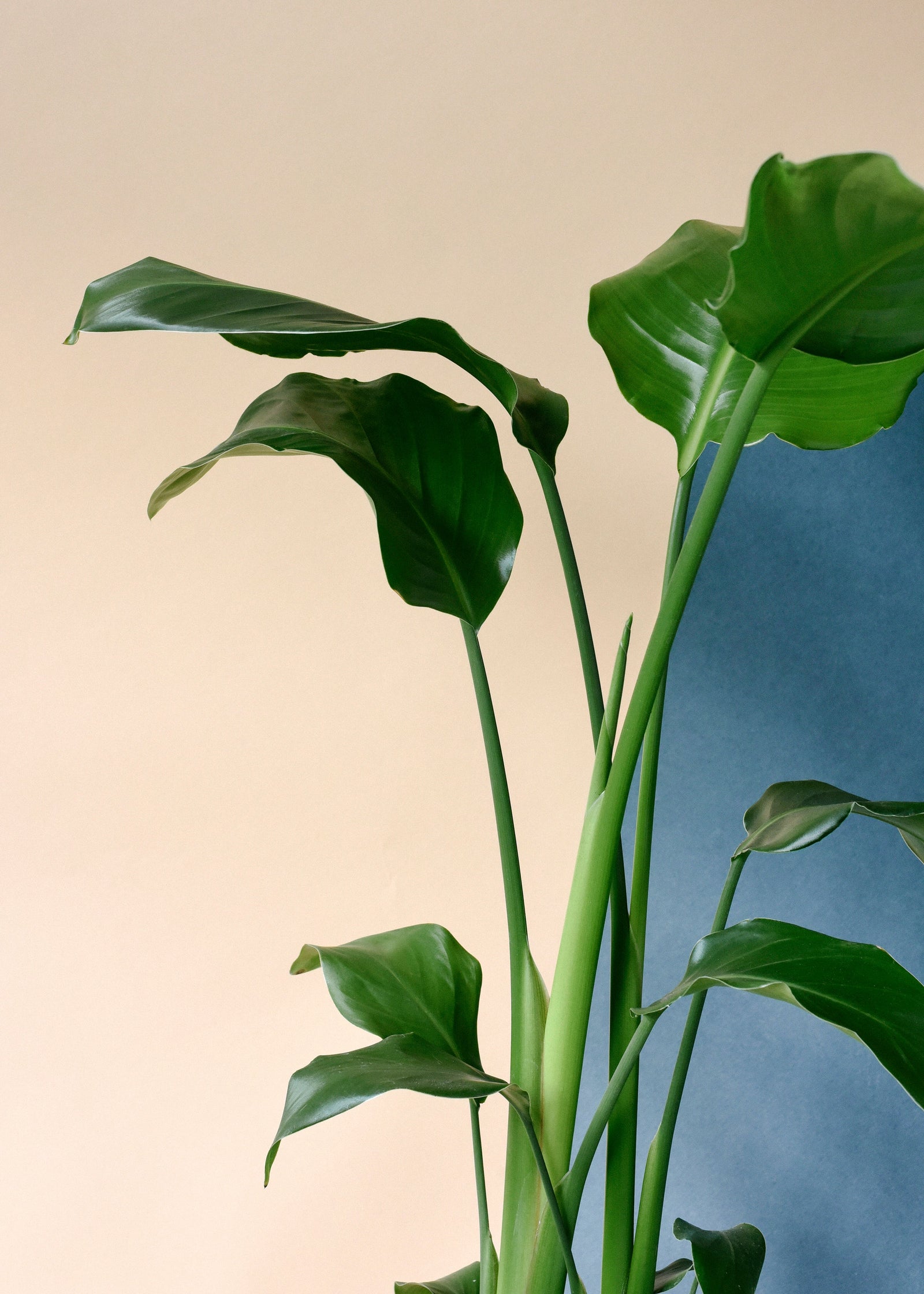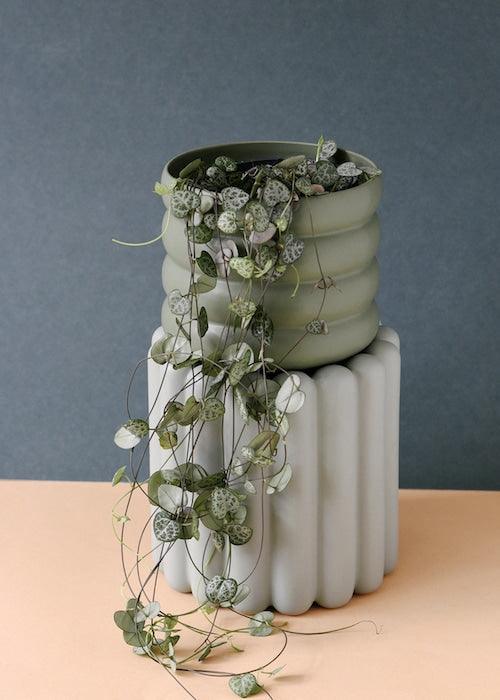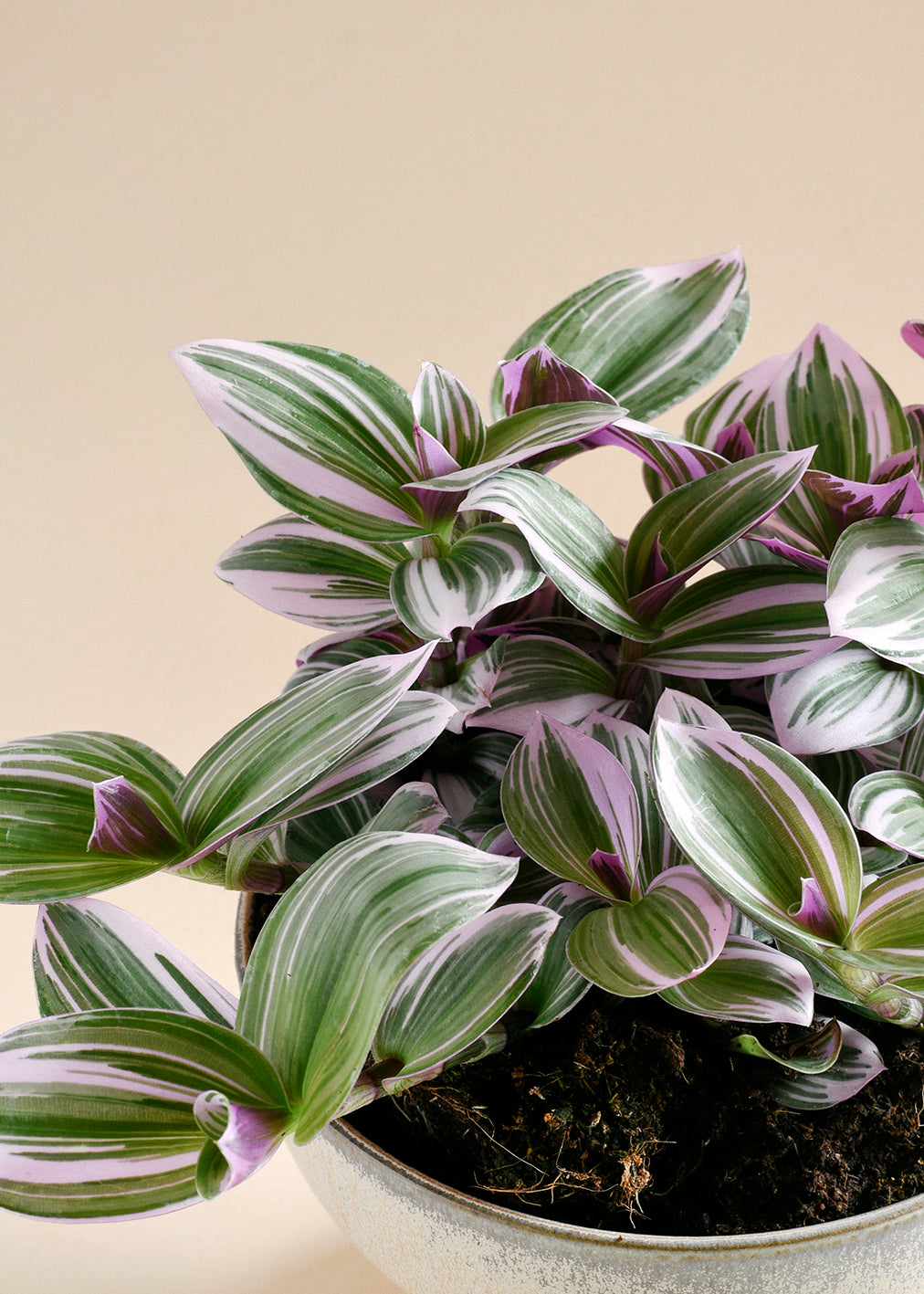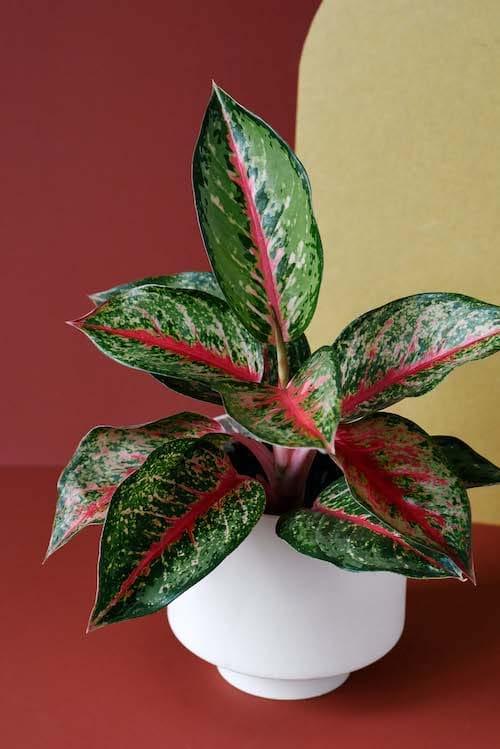Welcome to our comprehensive guide on caring for the stunning Aphelandra, also known as the Zebra plant. This tropical beauty is famed for its striking foliage and vibrant flower spikes, making it a popular choice for indoor plant enthusiasts. In this guide, we'll cover everything you need to know to keep your Aphelandra thriving.
Care Summary
| Light | Bright spot with indirect light to shade |
|---|---|
| Watering | Keep moist in summer; let dry out in winter |
| Humidity | High |
| Soil | Well-draining potting soil with peat moss |
| Pruning | Prune after flowering to encourage bushiness |
| Toxicity | Non-toxic to animals |
Lighting Tips
The Aphelandra requires a bright spot with indirect light to thrive. Direct sunlight can scorch its leaves, while too little light can cause it to lose its vibrant colors and patterns. An east or west-facing window covered with a sheer curtain is ideal.
Watering Advice
Watering your Aphelandra correctly is crucial for its health. During the growing season (spring and summer), keep the soil consistently moist but not waterlogged. Reduce watering in the winter, allowing the topsoil to dry out between waterings.
Humidity and Temperature
Aphelandra thrives in a high humidity environment, similar to its native tropical habitat. Consider using a humidifier or placing a water tray near the plant to increase moisture levels. Keep the temperature above 15 degrees Celsius to prevent stress and leaf drop.
Soil and Repotting
Use a well-draining potting mix with peat moss to ensure proper drainage and root aeration. Repot your Aphelandra every 2-3 years or when you notice it becoming root-bound.
Pruning and Maintenance
Prune your Aphelandra after the flowering period to promote a bushy growth and remove any old or yellowed leaves. This will help maintain the plant's shape and encourage new growth.
Why We Love It
We adore the Aphelandra for its mesmerizing leaf patterns and striking appearance. It's not just a plant; it's a piece of living art that adds a vibrant touch to any indoor space. Plus, its non-toxic nature makes it safe for homes with pets.



